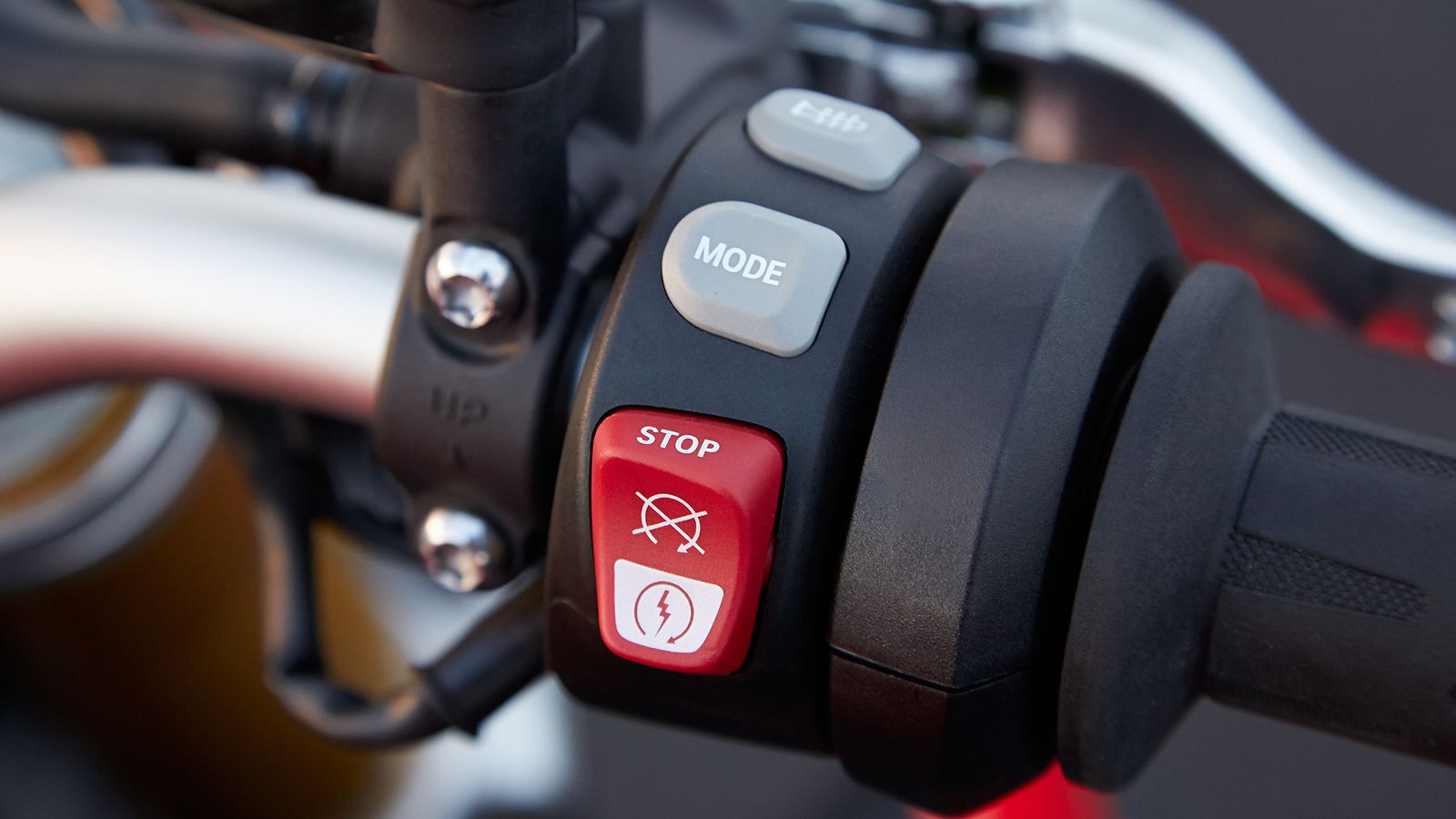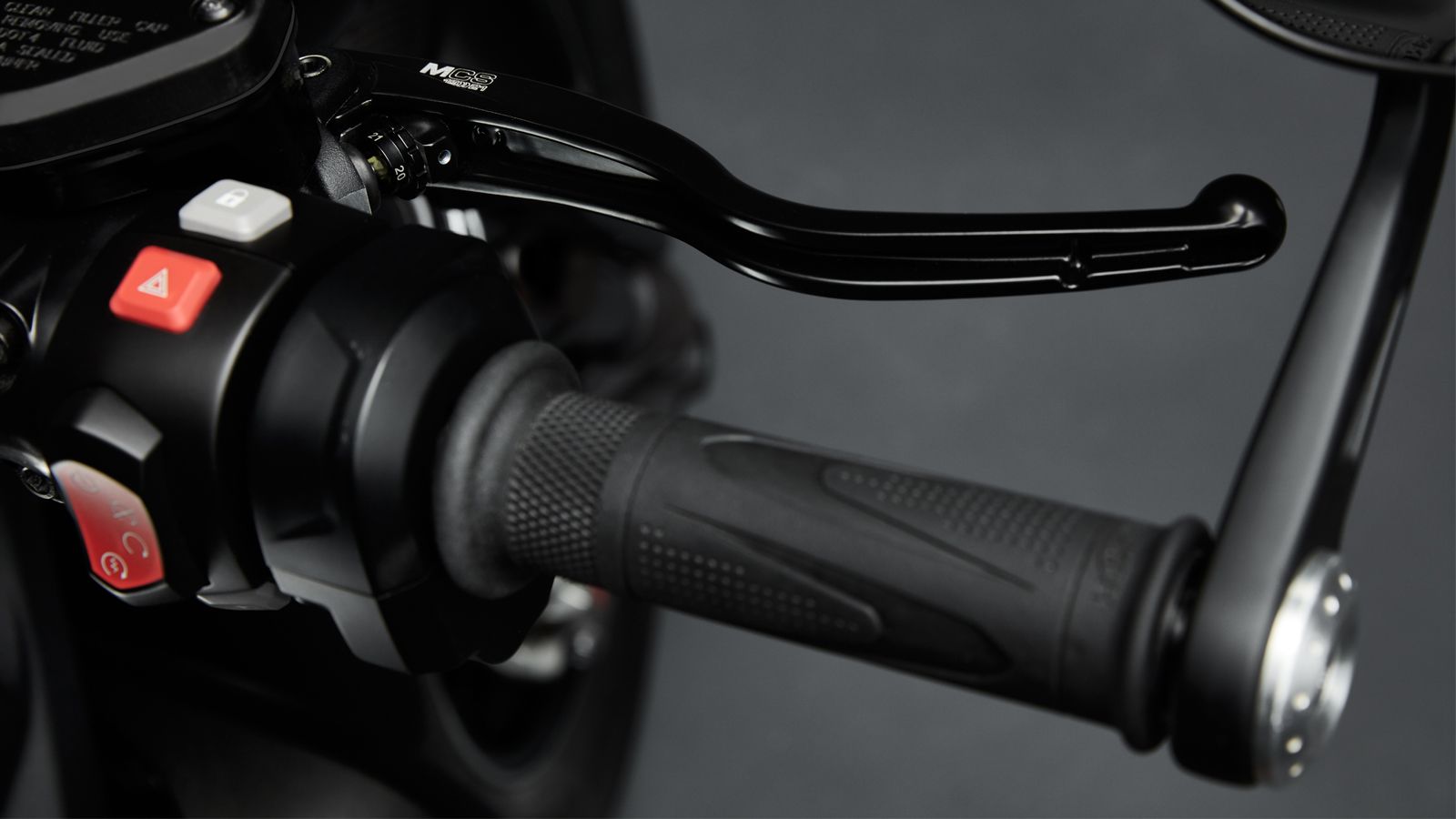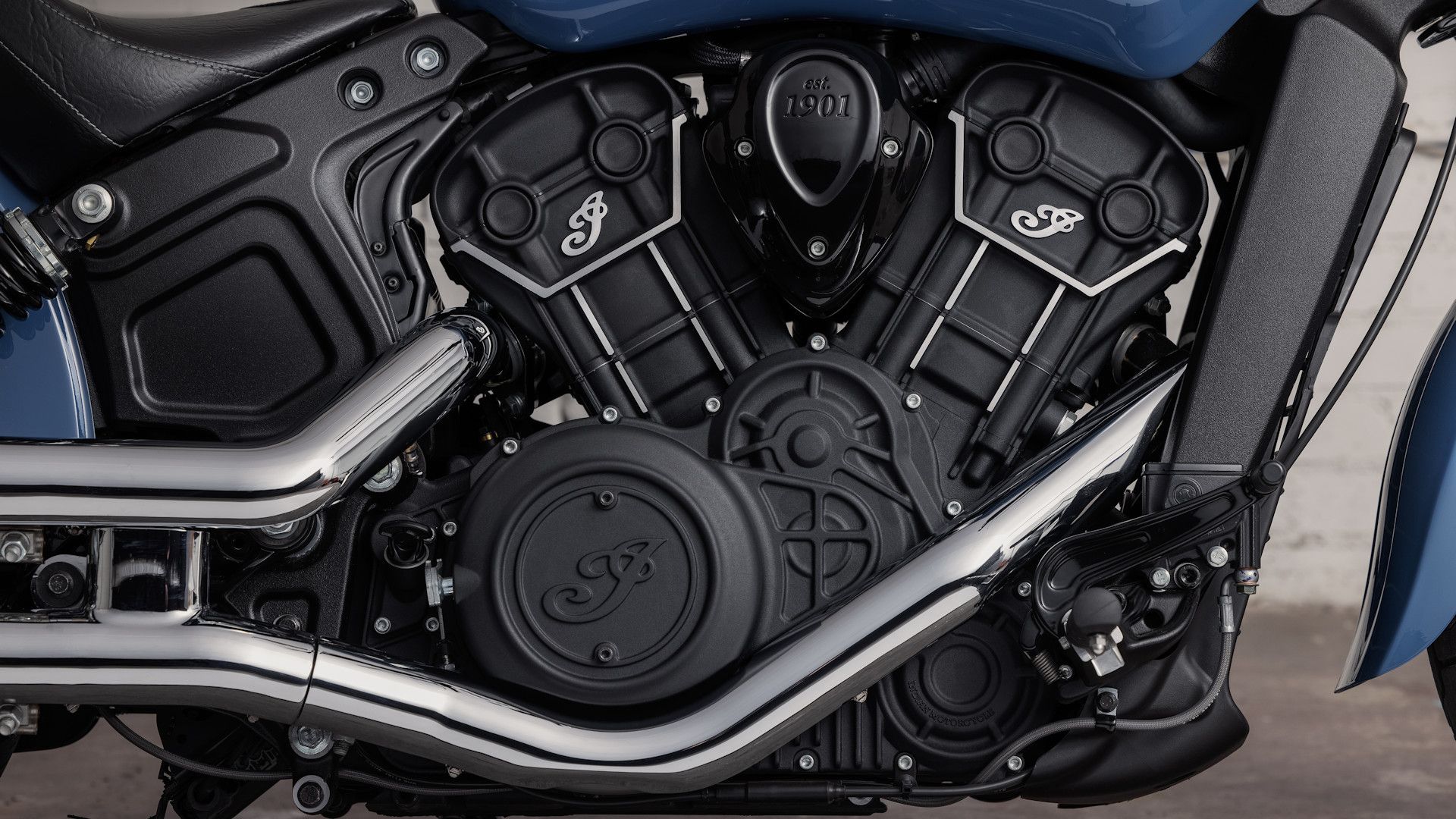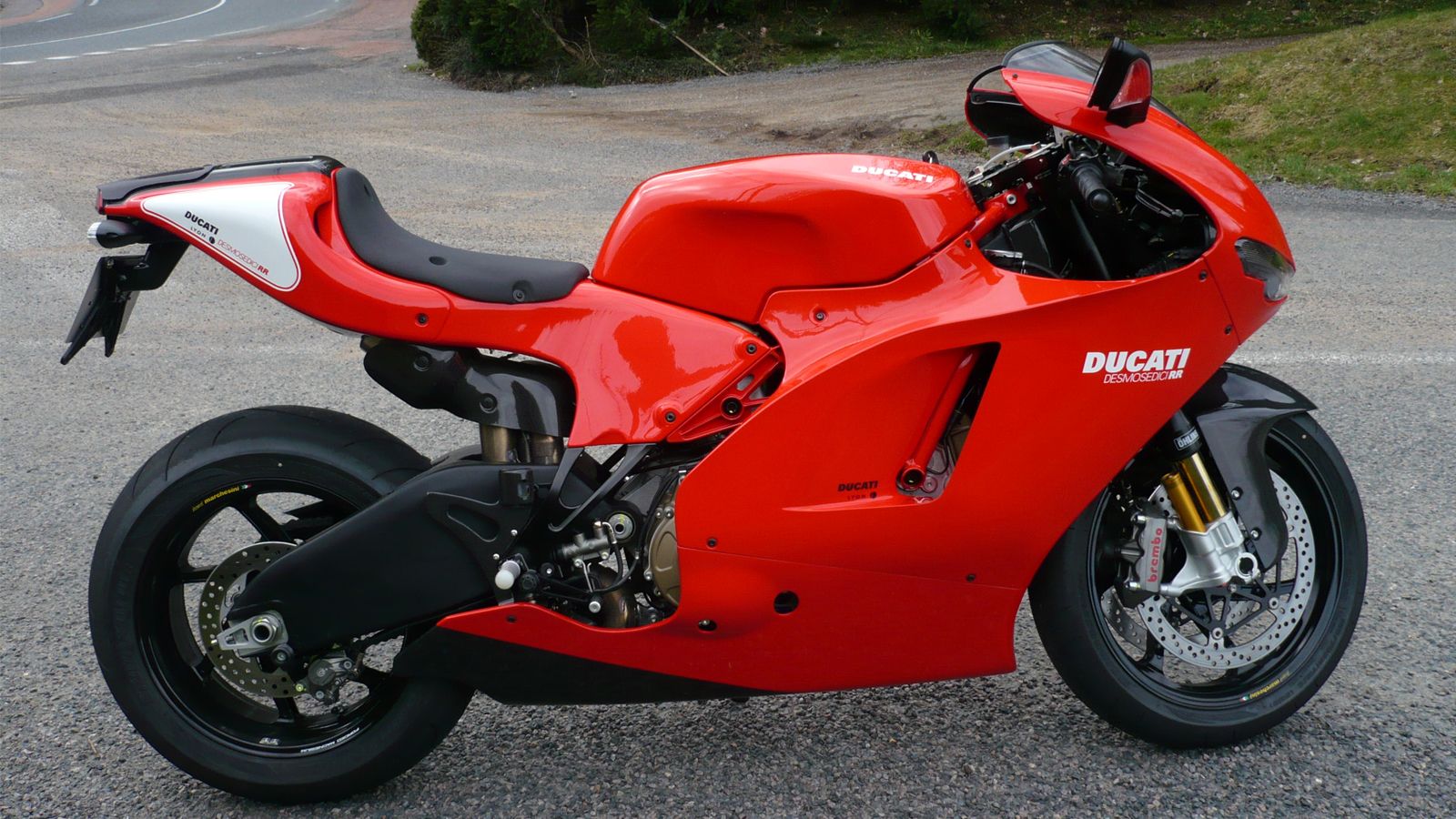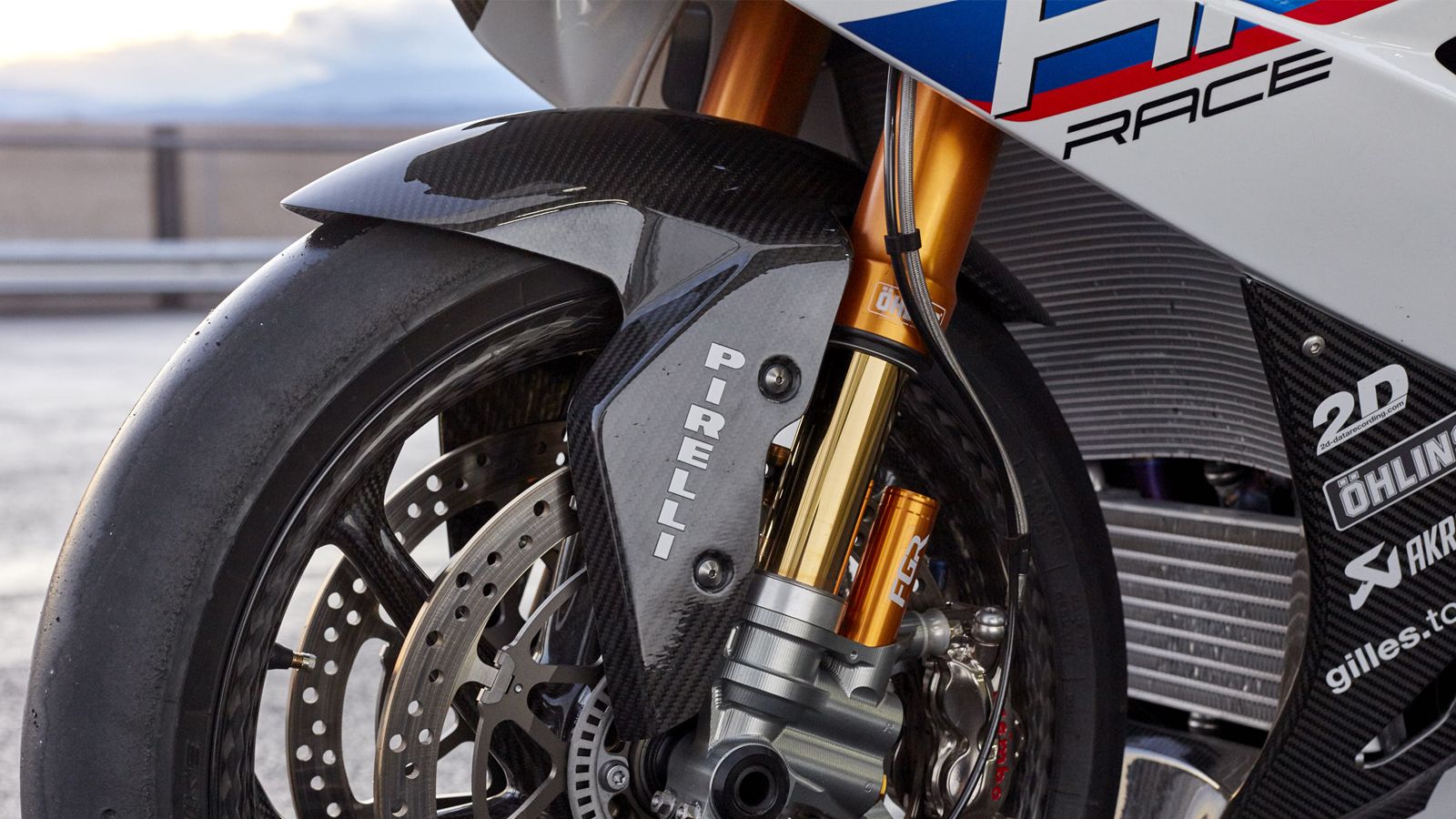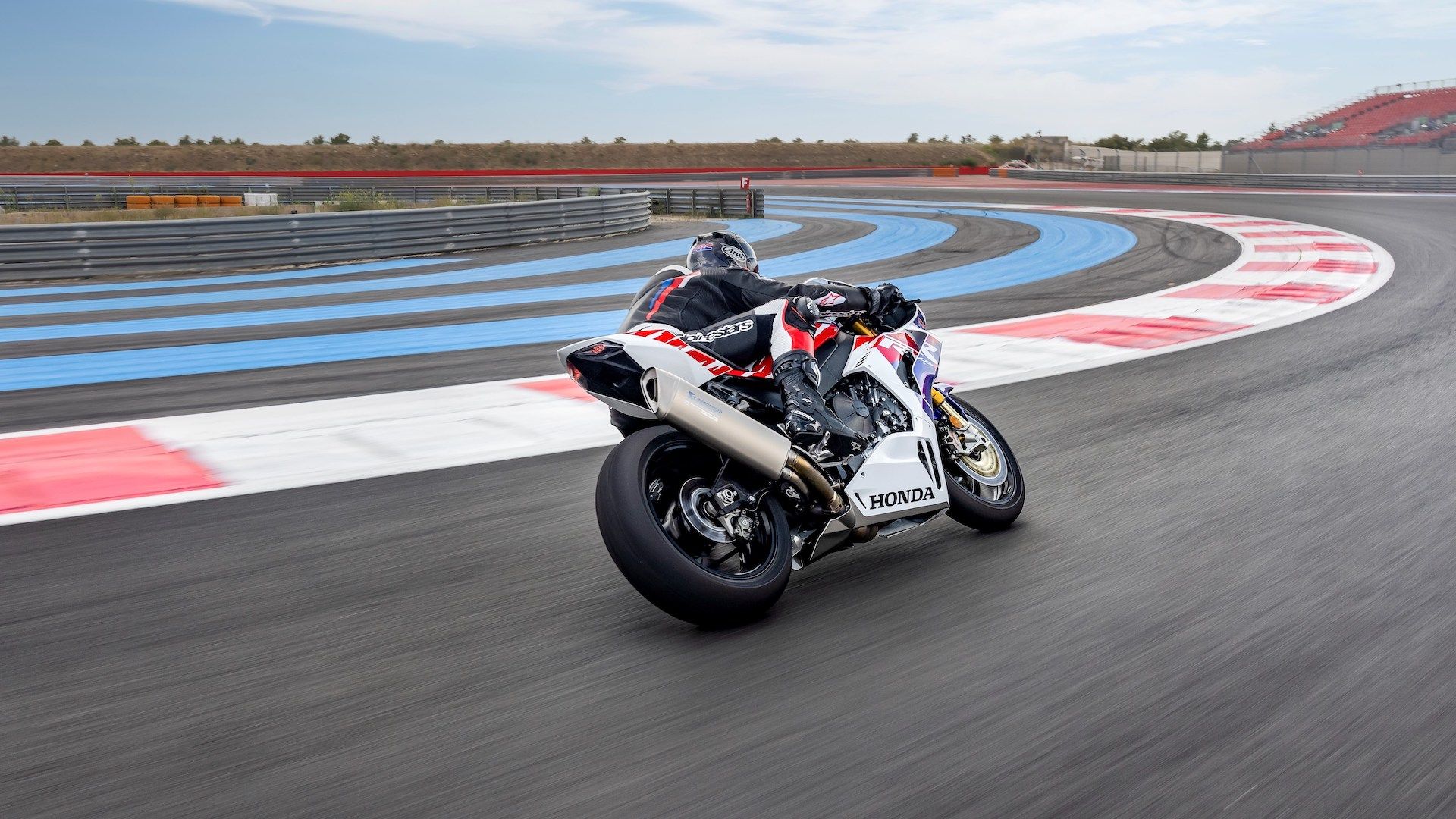
Motorcycle technology has greatly advanced over the years. It all started with the concept of putting engines on bicycles to create motorized bikes. Today, motorcycles can easily reach speeds over 150 mph. Throughout history, many breakthroughs have shaped the motorcycle industry and improved the riding experience. In this list, we will explore the 10 most significant innovations in motorcycle history and how they impact riders today.
10 Electric Starters
The introduction of electric starters revolutionized the way motorcycles are started. Before electric starters, kick-starters were the only option. Harley-Davidson was the first to mass-produce motorcycles with electric starters, and it became widespread when Honda included them in their CB750 model. Electric starters are now a standard feature on motorcycles, although some still offer kick-starters as a backup.
9 Self-Returning Twist Throttles
Twist throttles have become the standard for managing the throttle on motorcycles. In the past, motorcycles used levers to control the throttle. While Harley-Davidson had twist throttles early on, they were not self-returning. The introduction of self-returning twist throttles provided greater safety and standardization. Most motorcycles on the market now feature self-returning twist grips on the right side of the handlebar.
8 Fuel Injection
Fuel injection has become the industry standard for motorcycles. While some bikes still use carburetors, fuel injection offers better efficiency and helps meet emission standards. Stricter regulations, such as Euro1, made fuel injection a preferred choice for manufacturers. Fuel injection provides accurate measurement of fuel and air, resulting in improved performance and reduced emissions.
7 Anti-lock Braking Systems
Anti-lock Braking Systems (ABS) have become a standard safety feature on motorcycles. ABS prevents the brakes from locking up during hard braking, reducing the risk of skidding and loss of control. It also improves steering control in emergency braking situations. ABS was first introduced by BMW in 1988 and has since been widely adopted by manufacturers. ABS significantly enhances rider safety and extends the lifespan of both the bike and the rider.
6 Liquid Cooling
Liquid cooling is an innovation that allows motorcycles to handle the heat generated by powerful engines more effectively. Air-cooled engines relied on cooling fins, but liquid cooling – using water, oil, or a mixture – proved to be more efficient at removing heat. Liquid cooling enabled the development of more powerful and reliable engines. This advancement allowed performance bikes to excel and cruisers like the Indian Scout to achieve better power figures.
5 Disc Brakes
Disc brakes have become the preferred choice for modern motorcycles over drum brakes. Disc brakes offer better stopping power and heat dissipation, resulting in enhanced performance and safety. While drum brakes are still used on some cheap and non-US motorcycles, disc brakes provide superior braking capabilities and are often paired with ABS for added safety measures.
4 Fairings
Fairings have greatly impacted motorcycle design and performance. They improve aerodynamics and provide a more streamlined and aesthetically pleasing look. Fairings were initially used in racing bikes and later became available as options for many motorcycles. The BMW R100RS was the first motorcycle to make fairings a standard feature. Fairings offer advantages such as increased speed and reduced wind resistance.
3 Tire Improvements
Tire technology has significantly improved over the years. Radial tires, developed by Michelin, revolutionized motorcycle tires in 1946. Radial tires offer better traction and stability compared to cross-ply tires, enabling motorcycles to achieve higher speeds. Tire manufacturers continue to innovate by incorporating new materials, such as silica, into the rubber for improved grip and rolling resistance.
2 Inverted Forks
Inverted forks were introduced to improve track performance. The upside-down design provides greater stiffness compared to conventional telescopic forks. Improved stiffness translates to enhanced feedback, feel, and responsiveness, which are especially crucial for high-performance motorcycles.
1 Inertial Measurement Unit
The Inertial Measurement Unit (IMU) is a recent innovation that has greatly enhanced motorcycle safety. The IMU, also known as cornering ABS or Motorcycle Stability Control, prevents the bike from sliding or losing control during cornering and braking. It uses data from gyroscopes and accelerometers to adjust ABS activation and manage engine braking, reducing the risk of accidents. Many modern motorcycles now integrate IMUs into their electronic systems for optimal safety.
